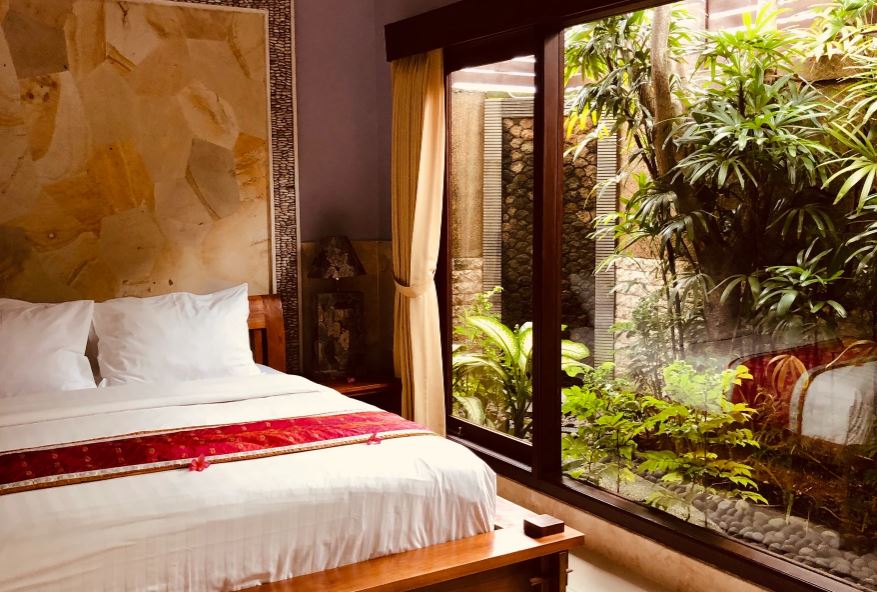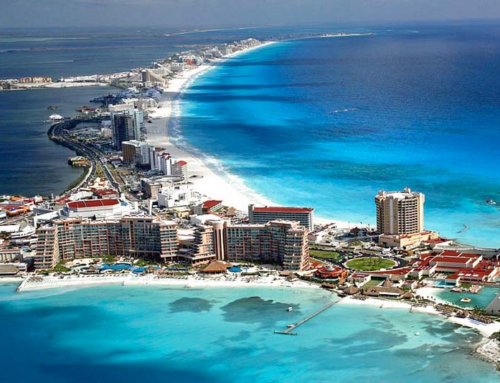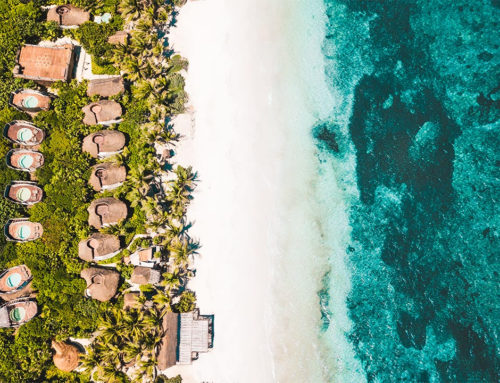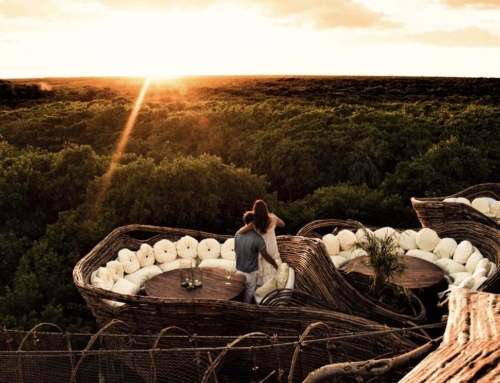Tourism is one of the biggest industries on the planet. Whether a source of recreation for those wishing to de-stress from daily life or a source of livelihood it attracts and sustains millions. Contributing to a nearly 10.3% of global GDP in 2019, the industry is forecasted to grow despite the pre-pandemic dip to nearly contribute 11.3% of the global economy by 2030 (WTTC, 2021). That tourism is set to grow may be self-evident but its impact on environment and society have never been more urgent especially in the light of rising GHG emissions, resource shortages and environmental degradation. This being made evident in the COP22 conference in Sharm El Shaikh Egypt. It is estimated that the tourism industry contributes nearly 8% to global GHG emissions (Nature Climate, 2018)
Tourism industry is forecasted to grow despite the pre-pandemic dip to nearly contribute 11.3% of the global economy by 2030 (WTTC, 2021).
Sustainable Tourism is no longer an alternative but is fast becoming an imperative. It is no longer enough if sustainability it taken cognizance of. Every hotel must make efforts to make itself sustainable to enable the transition to a more sustainable future. Nearly 68% of travellers say that they value and seek a sustainable, eco-friendly option (UNWTO, 2021). People want to feel like they are having a positive impact on the world, wherever they are.
So, what is a sustainable hotel? What makes a sustainable hotel different from one that is not?. The article lays out some of the cardinal features of s sustainable hotel with examples around the world and shed some light on how the transition can be accelerated.
A Sustainable Hotel is essentially, an eco-friendly or environmentally friendly hotel is one that is built or operated in such a way as to minimise both the carbon footprint of the business operation as well as the carbon footprint of those who work and stay there. They are designed and run to have a positive impact on the environment as well as the local community. This is a pretty broad definition, which means that there are a wide range of ways a hotel can improve its green credentials and become part of the trend.
 |
|
“Luxury and Sustainability must work together to recover tourism industry delivering memorable experiences for the guest, implementing nature regeneration measures and generating profits to businesses and local communities”. Hector De Castro, President at LUSH sustainable hotels association and CEO at EcoHotelProjects |
5 Features of an Eco-Friendly Hotel
Eco-friendly hotels come in all shapes and sizes, as well as different levels of commitment, but all features of these hotels share a common theme – minimising carbon emissions and working to have a positive impact on the environment and community around them, without compromising guest experience (hospitality.net) . There’s a lot of flexibility for hotels in this area as eco-products, systems and even building design innovations become ever more available. Here are some key aspects of what makes a hotel eco-friendly:
Feature #1 – Energy Saving Systems
Saving energy brings considerable benefits to hotels, helping to control and reduce operating costs while also reducing emissions. Energy saving initiatives can combine several different aspects, including installing LED lighting (these bulbs last longer, are more durable, and use a fraction of the energy of regular lightbulbs), installing renewable energy systems (solar panels, for example), upgrading to high-efficiency HVAC systems and electrical appliances, and improving insulation to reduce losses from the building. A great example of this is “The Scarlett in Cornwall” where solar panels, biomass boilers and all-natural space provide energy and heat to the hotel rooms and facilities (TheScarletHotel, UK).

Feature #2 – Sustainable Local Products
Food items, toiletries, linens and décor can all be obtained locally for carbon footprint reduction (reduced transport costs and fuel usage) as well as the ability to promote local artisans, farmers and producers who follow sustainable practices. This isn’t just an eco-friendly move in itself; it’s an effective way of connecting the business to the community, generating tourist interest in the culture of the area and what it offers, and creating a sustainable local economy that can become a unique attraction in and of itself. The Garonga Safari Camp in South Africa is a unique example of this. It combines luxury and local artisanship with unique eco-friendly activities deep in the African bush is a unique example of this. Local vegetable gardens on site sustains food requirements and reduces food wastage and a water treatment plant ensures that all waste water is filtered, cleaned and reused.

Feature #3 – Water Saving Systems
Hotels use vast quantities ever-scarce resource – fresh water. By installing low-flow toilets and showers, using aerators on faucets, and installing water recycling and filtering systems, hotels can save considerable costs in the long-term while increasing the environment-consciousness of their brand value in the eyes of guests (Proven Partners). This is important for all hotels, but especially those in water-scarce areas where water consumption can have a direct and significant impact on the local natural environment and community. The Shore Hotel in Santa Monica in California is situated in an area suffering from prolonged drought conditions. It has developed an integrated conservation practices to save over 5 million gallons of water. This includes, low flow shower heads result in 20% water reduction over traditional shower heads,

Feature #4 – Natural and Cultural Integrity
Reducing the environmental impact of a hotel means not only resolving to using non-toxic, clean environment friendly products but also protecting the natural and cultural heritage of a place.. This also means involving local people in the maintenance, upkeep, supervision and daily operation of the resort (Proven Partners). This ensures that the benefits of tourism flow to local communities. Furthermore, local communities tend to have great knowledge of natural and local materials than external agents. The Shaam- E-Sarhad Village Resort in Gujarat in Western India is operated and Managed by local community of Hodka Village. The initiative supported by UNDP and Government of India seeks to promote domestic tourism to promote Local Culture and Craft based Tourism for Sustainable Livelihoods.

NEXT EVENT. Interest in organizing a meeting?. Email us here

Feature #5 – Carbon Neutrality
No matter how hard we try, it’s currently impossible to entirely eliminate emissions. However, minimising our carbon footprints is extremely important and a vital focus, but to achieve carbon neutrality will require some level of carbon offsetting. The Hotel Doolin in the West of Ireland managed to reduce their overall carbon footprint from 465 tonnes in 2017 to under 110 tonnes in 2019, and then offset those remaining emissions by planting native Irish trees through a partnership with a nearby charity (Proven Partners).
Going one step further, Carpe Diem Resort in Santorini became one of the world’s first climate positive hotels this year, meaning they offset more carbon than they emit. Some of the measures they take to achieve this include planting 80 trees a year in reforestation projects in Madagascar for every member of their team and offsetting 2 tonnes of CO2 and planting 10 trees for every reservation they receive on their website. Strong partnerships between hotels and communities and other hotels are required to offset carbon emissions.

Boost a greener hospitality. Boost your brand.






